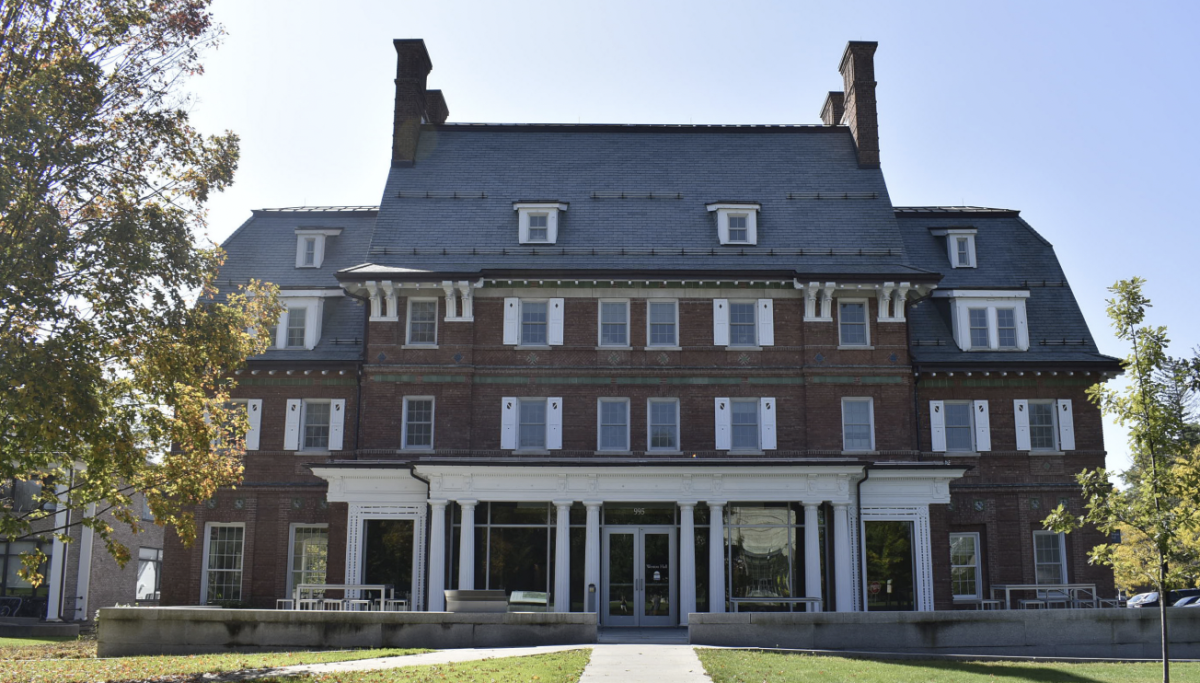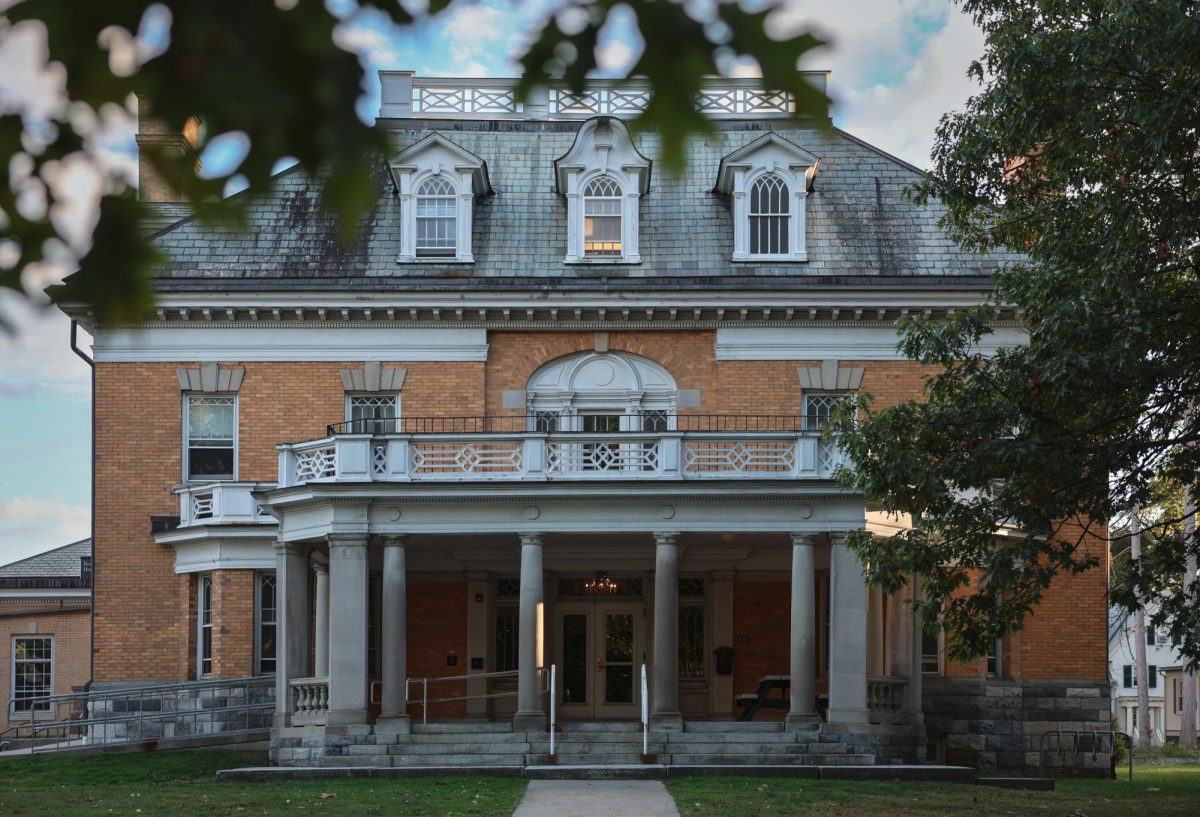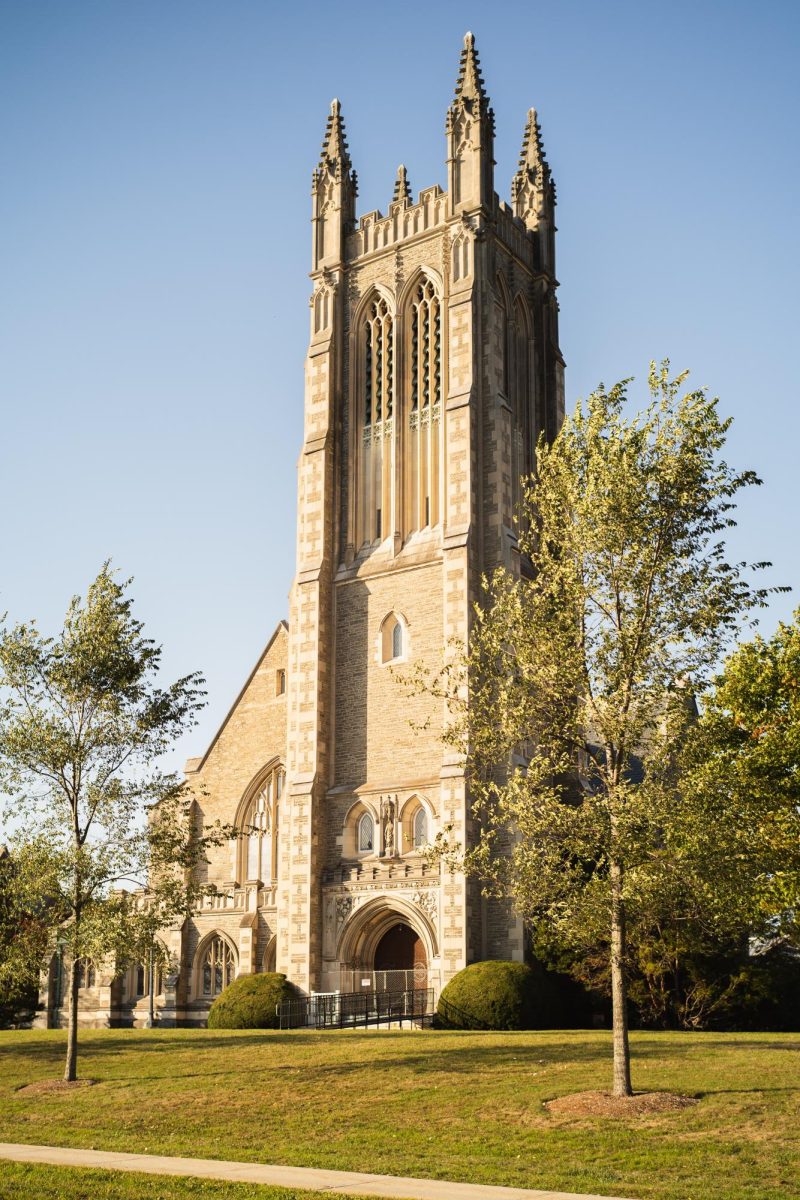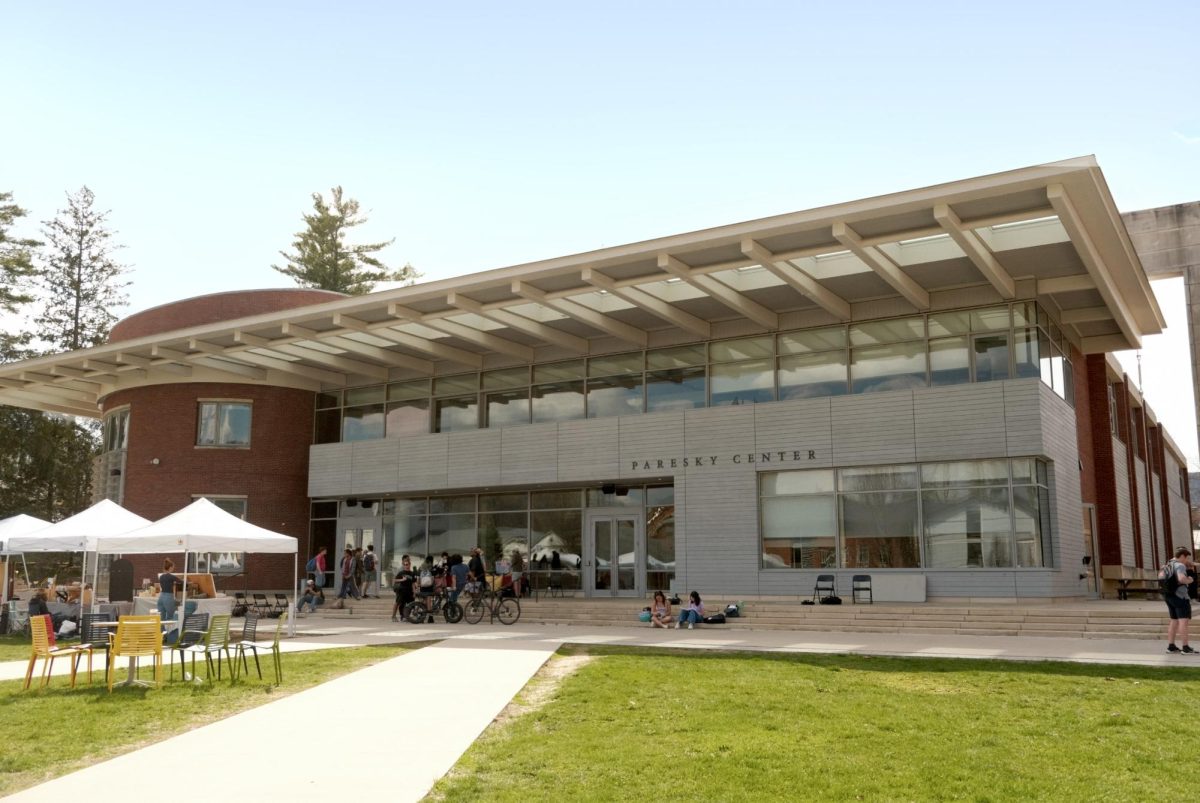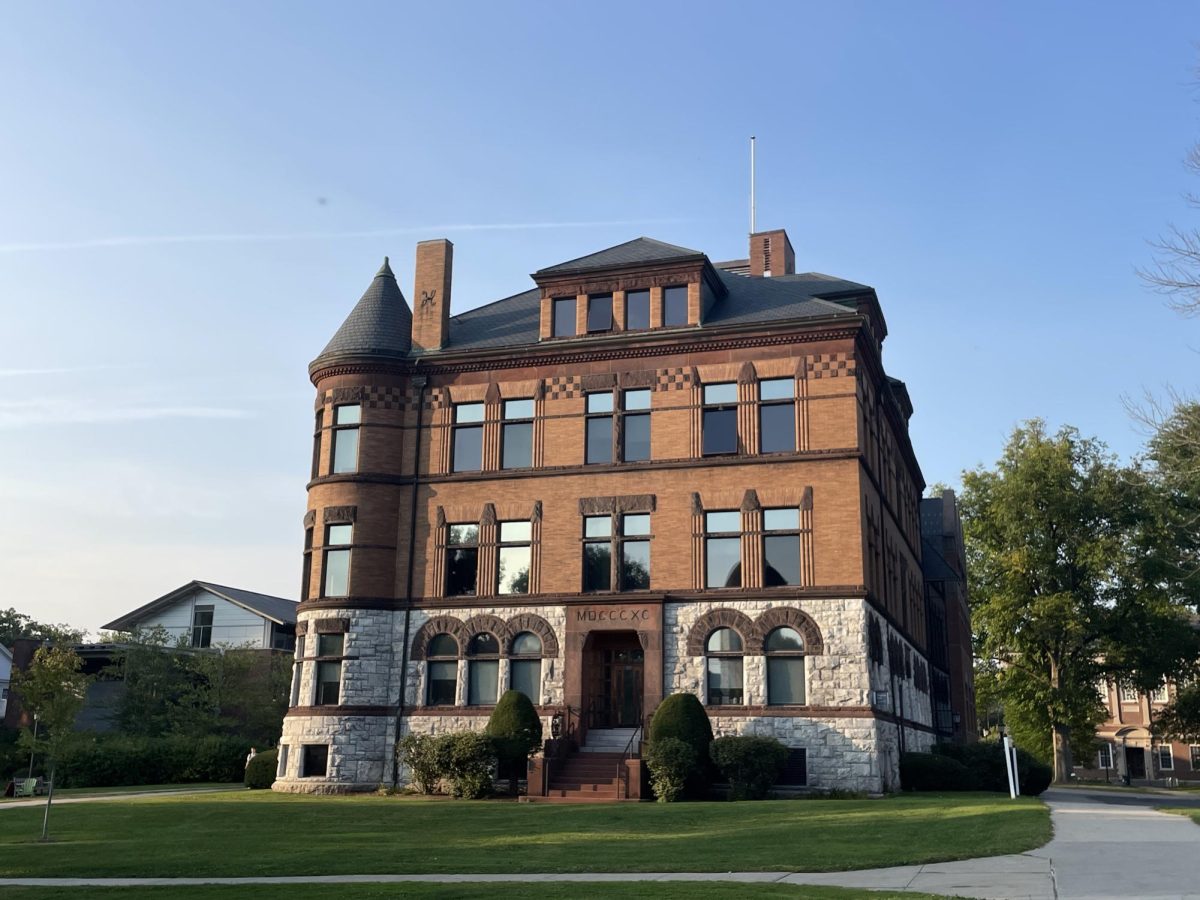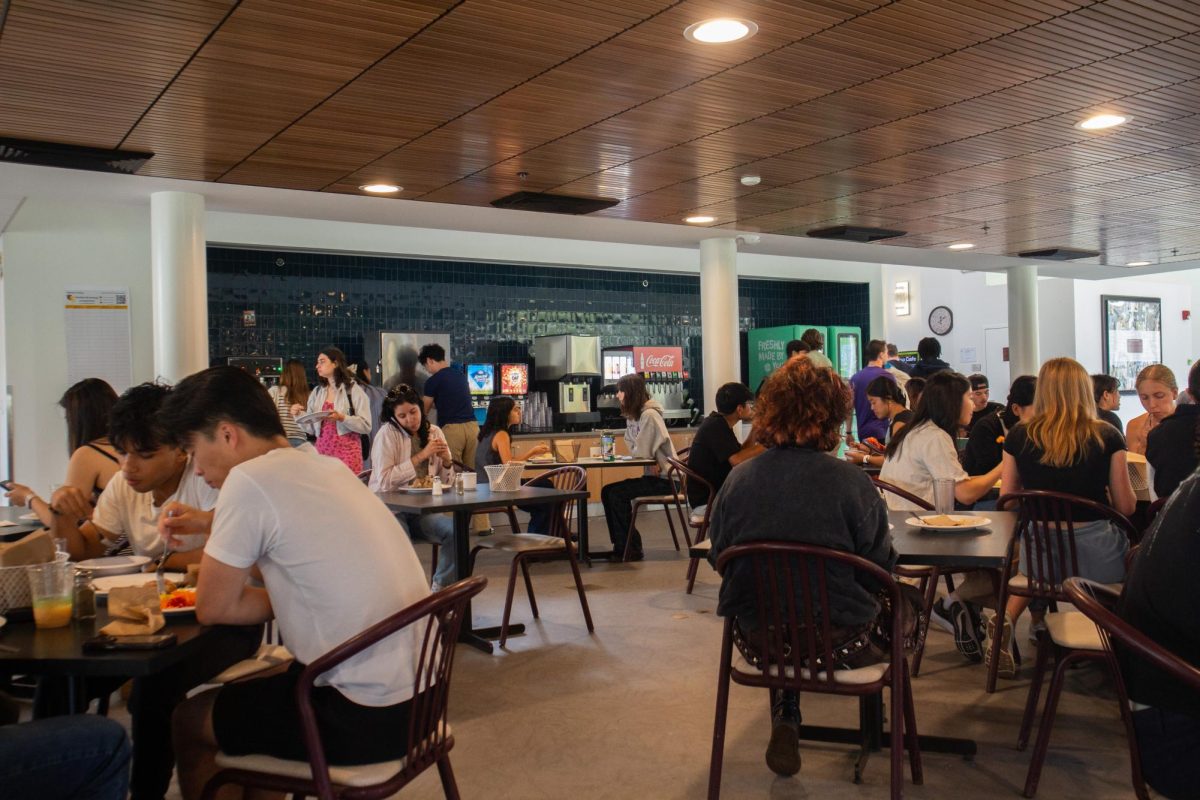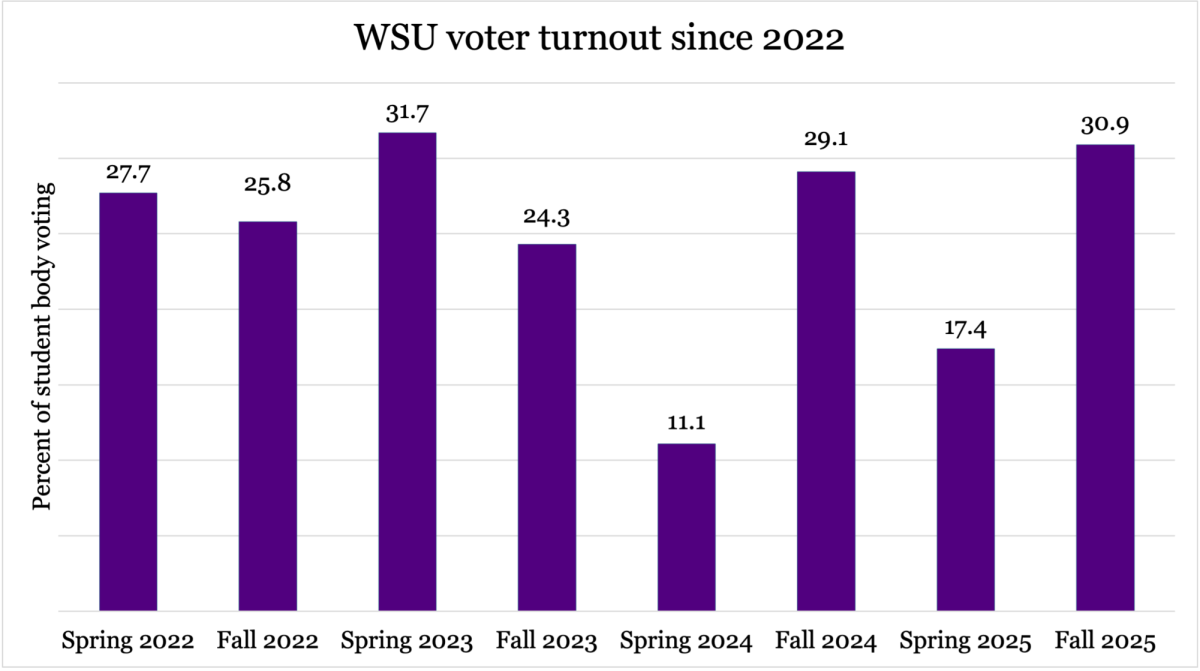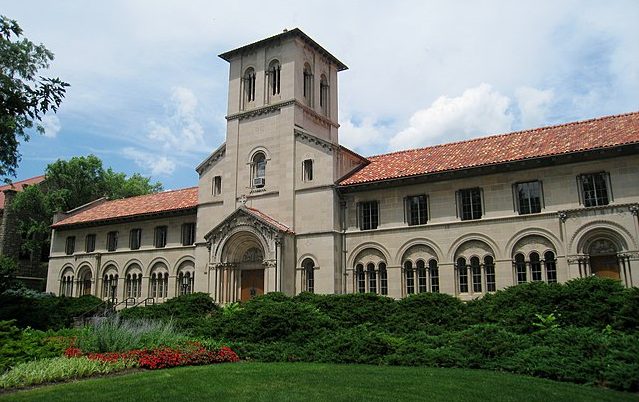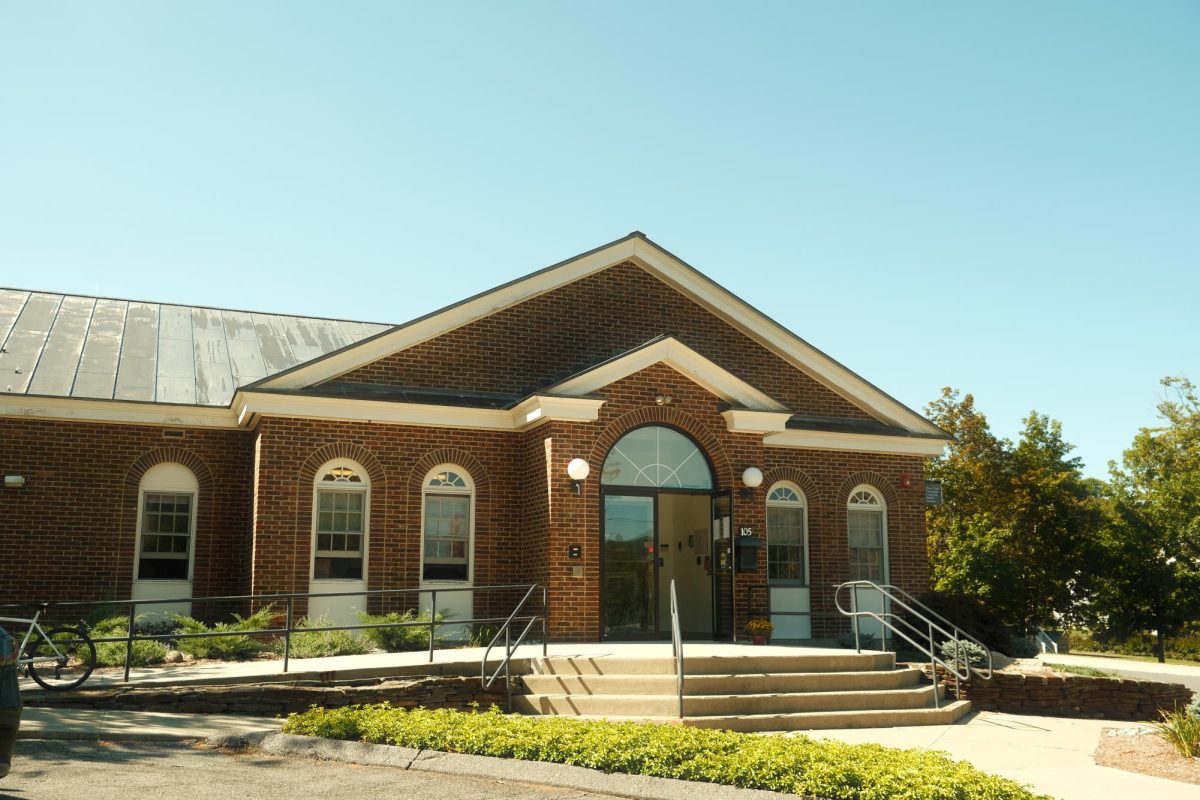The College has eliminated the supplemental essay from its application and formed the Working Group on Admissions Policies and Practices. These changes come in response to the Supreme Court’s decision to limit the consideration of race as a factor in higher education admissions in June.
Admissions readers at the College will no longer have the ability to view an applicant’s self-disclosed race or ethnicity while reading their application. Applicants may still discuss experiences related to race in personal essays — as long as “that discussion is concretely tied to a quality of character or unique ability,” according to the majority opinion authored by Chief Justice John Roberts.
According to Dean of Admission and Student Financial Services Liz Creighton ’01, the reason for removing the supplemental essay for the 2023–2024 admissions cycle was twofold: Personal statements provide admissions readers at the College with “the most texture and detail” about students’ identities, and the supplemental essay can restrict accessibility by deterring potential applicants.
“At a moment when, more than ever, we are redoubling our commitment to access, we wanted to think long and hard about any part of the process that created barriers for students,” she said. “Supplemental essays can be a real barrier to students who are thinking about applying — particularly for students who might not have the benefit of either a school counselor or family helping them with the 38 supplemental essays they have to write.”
Previously, the College has either mandated or made optional its supplemental essay. Applicants in recent years have written between 150 and 300 words about a variety of topics, ranging from descriptions of their ideal tutorials to their favorite methods of relieving stress. The College’s application will still present students with the option to submit a creative or analytical academic paper, Creighton added.
The Working Group on Admissions Policies and Practices — composed of Creighton, President Maud S. Mandel, members of the Board of Trustees, faculty representatives, and other College administrators — will meet approximately every three weeks to study the College’s past and present admissions policies and examine how they have shaped the composition of incoming classes, Mandel said.
Once the College admits students to the Class of 2028, the group will also compare data about the incoming class to that of years past. However, it will not use its insights to recommend or implement changes but rather to inform the Board of Trustees’ ongoing conversation about the College’s admissions policies over time, Mandel said.
“It’s a research and discussion group in that sense,” she told the Record.
“Not moving too quickly is really important in this landscape, because it presupposes that something is going to happen — and first, we need to see what is going to happen,” she continued. “You don’t want to just rush out and change everything.”
Creighton said the court’s ruling occurred amid “a really volatile moment in admissions,” as institutions of higher education are still contending with the effects of the COVID-19 pandemic. During the 2020–21 admissions cycle, many institutions of higher education, including the College, adopted and have since retained a test-optional policy.
“We’re really taking this longitudinal look at the data because admissions data from the past five years is quite different than it was 10 years ago for a whole host of reasons,” Creighton said. “We’re really trying to look at a long arc to understand where we’ve come from, where we are now, what decisions we’ve made, the impacts they’ve had, and then how that might guide us in the future.”
In August, the Department of Education and the Department of Justice released joint guidance that described legally viable practices that allow institutions of higher education to cultivate diverse student bodies.
Its emphasis on holistic admissions practices was promising, General Counsel Jamie Art ’93 said. “My initial thought when reading through [the guidance] was one of, I’d say, relief, and also some sense of happiness,” he said.
“Williams, like other institutions, began to review and revise its admissions practices well before the joint guidance was released,” Art continued. “When we were shifting gears over the summer — pretty quickly, as [was] necessary — to adjust the admissions process to reach our goals for access and inclusion, we did so in a way that mapped on rather well to what the guidance was.”
Still, Art added that compliance with the guidance does not insulate an institution from litigation brought by a private party to enforce the court’s ruling and that courts are not bound by the practices deemed lawful by the guidance.
Chief Communications Officer Jim Reische also emphasized the “ongoing uncertainty” of the legal landscape.
“It would be lovely if we could just rely on the guidance and say, ‘Okay, we’re safe. We’ve got our guardrails now. Let’s go,’” he said. “But that’s not the world that we’re going to be in for the next number of years.”
“There may be people right now trying to develop the next wave of litigation around this,” said Leticia S. E. Haynes ’99, vice president for institutional diversity, equity and inclusion. “Litigation regarding access to higher education doesn’t just happen overnight.” She emphasized that the ability to access education, especially for students from historically underrepresented groups, has been attacked repeatedly in the United States.
Mandel encouraged community members to share their thoughts and concerns through an online form that allows respond-
ents to remain anonymous, even though students will not be able to serve on the group due to the sensitivity of the data it studies.
“Our doors are always open, and we’ll continue to create spaces for students to talk about this because we care about it,” Haynes added.



